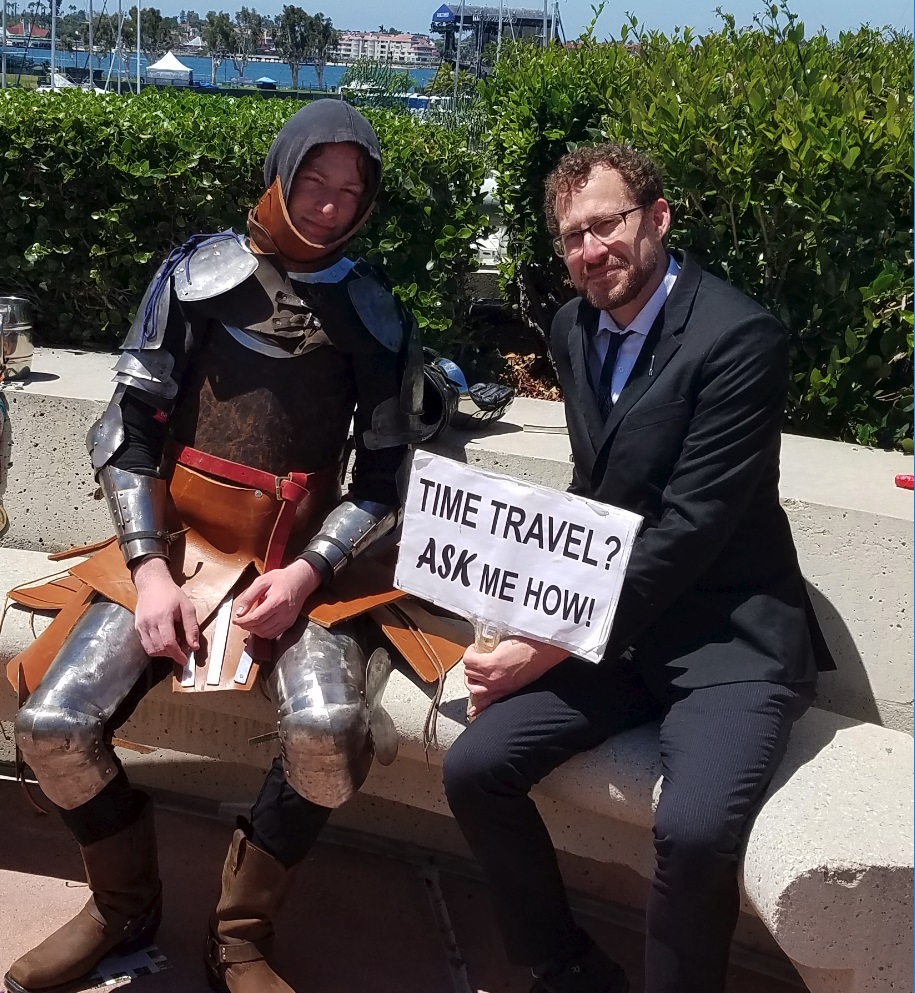
by Erica Frank
This month brings us two amazing fanzines: Alter Ego 7 discusses several superheroes and villains of the past, and a new fanzine, Batmania, has just begun. We also have a few notes about advances in metaphysical news.
Alter Ego 7
Alter Ego's had a rocky time; I covered issue 3 almost 3 years ago, which is a long stretch for what's supposedly a quarterly zine. The editor's note at the beginning notes that management has recently changed hands; Ron Foss is handing the reins to Roy Thomas, who believes he's more able to keep up with a quarterly schedule.
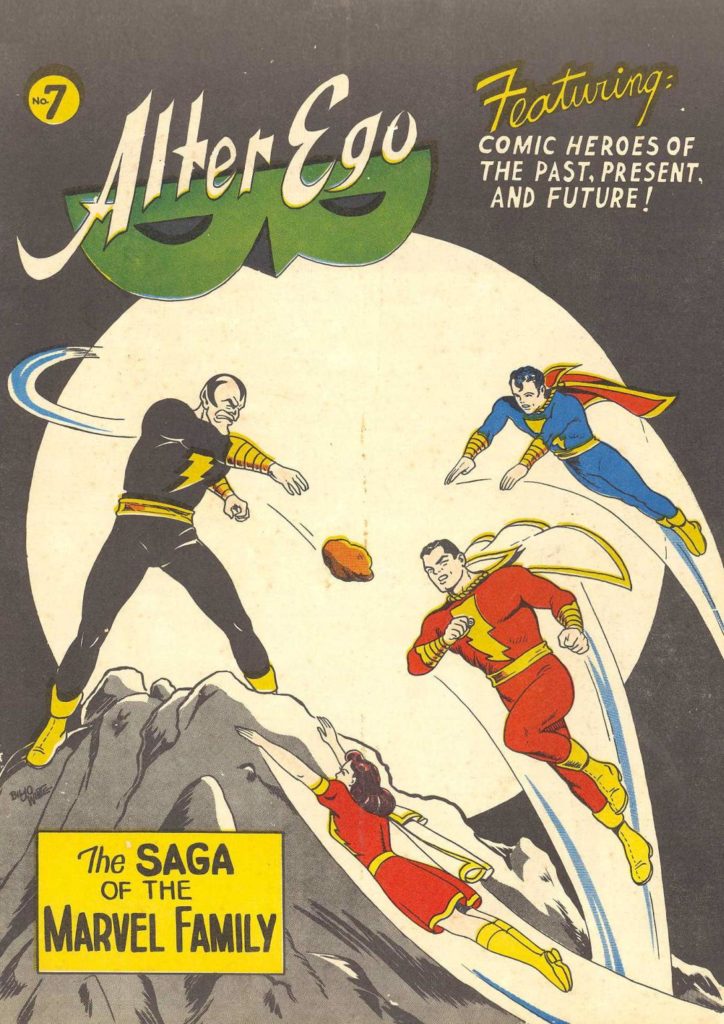
And That Was the End of Solomon Grundy? by Richard Kyle
Solomon Grundy is an undead villain named after a children's rhyme. His initial appearance and defeat by the Green Lantern was 20 years ago, in the October 1944 issue of All-American Comics, and he appeared a few more times in the 40s. He is appearing in the new Showcase #55, facing off against Doctor Fate and Hour-man. The article shows that Grundy is not just a mindless nearly-unkillable thug, and I look forward to seeing him battle other heroes in the future.
Alter & Captain Ego, written and illustrated by Biljo White
Captain Ego, a spaceman from planet Zircon, crash-lands on Earth. Alter Albright rescues him with the help of the Captain's alien technology. The teen can enhance Ego's abilities with a "telepathicontrol" helmet that uses a Z-Beam to tap into the boy's brain and connect to a particle that Ego also has… at this point my eyes glazed over. I understand that spacemen and rocket ships are supposed to be "science" but at some point, you might as well call it a "magic crown." The villain is a cliché of a man who looks exactly like Ming the Merciless from the classic Flash Gordon serials.
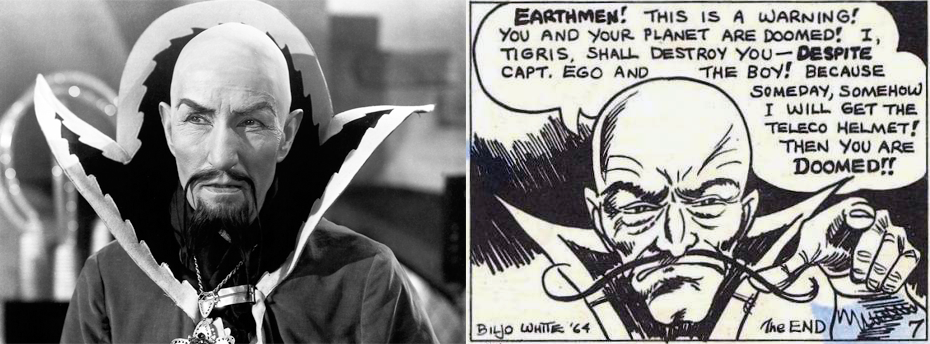
White's art is excellent; he could be drawing for any of the professional comics. However, his storytelling skills are mediocre. The plot is a semi-coherent mix of hackneyed storylines, and neither Ego nor Alter seems to have a personality beyond "be noble; fight evil." The core ideas are interesting (if you can swallow the "science") but the execution is weak.
A Hot Idea by Rick Strong, with art by White
This is a history of the Human Torch before the Fantastic Four: He began as a "synthetic man" in Marvel Comics #1, 1939. Originally, he could not control his flame powers; he had to be kept in an airtight glass cage for the safety of those around him. Once he learned some control, he dedicated himself to a life of heroism. I had not known the details of his pre-Fantastic Four history; he's been through some big changes!
One Man's Family: The Saga of the Mighty Marvels, by Roy Thomas, with art by White
This article is almost a quarter of the zine, obviously the spotlight feature. It covers the origin story of Billy Batson who becomes Captain Marvel when he calls out "Shazam!" and the origins of his friend Freddie Freeman (Captain Marvel Jr.) and his long-lost twin sister Mary Batson (Mary Marvel).
Fawcett Comics had found a successful superhero-generating origin in "someone says Shazam while wishing for super powers," so they kept using it. Three alternate versions of Billy Batson became the Squadron of Justice, or the "Lieutenants Marvel." Hoppy the Marvel Bunny was planned for the Funny Animals comic line. Uncle Marvel didn't actually have superpowers, but he believed he did, and the others humored him. Black Adam, the first of the wizard Shazam's protégés, was a hero who turned evil.
The Marvel family appeared in their own series and several other comics in the 40s. They had a few recurring villains, including the Sivana family of mad scientists and King Kull, a beastman who wanted to destroy all humans. The Marvels were also patriotic, fighting Nazis and later appearing in the Korean War. As Fawcett published more horror stories, the Marvels appeared there as well. Eventually, the stories and villains grew too hokey for even the tongue-in-cheek style of the "Big Red Cheese"—the nickname fans adopted from one of Dr. Sivana's insults—and readership dropped off.
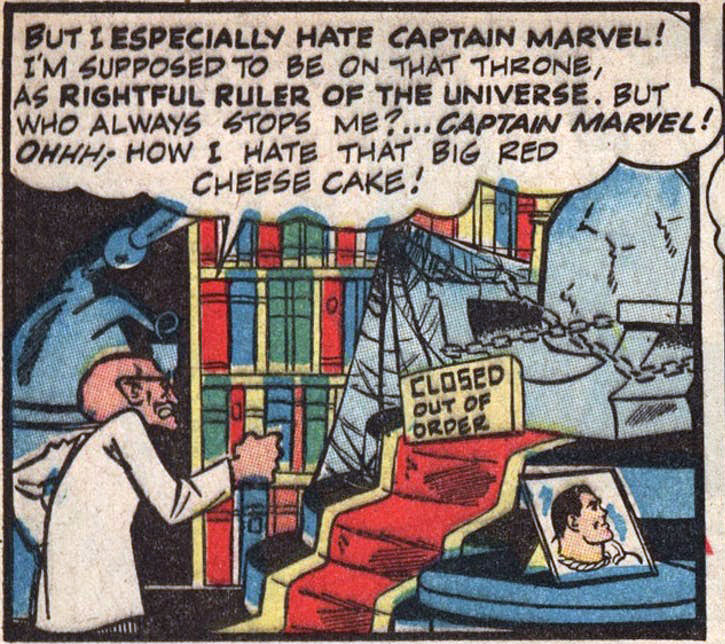
Sadly, Captain Marvel and his family have been out of print for over ten years. National Comics accused them of copyright infringement, claiming that Captain Marvel was too similar to Superman. The lawyers argued for years, and in 1953, Fawcett ceased publishing. The Marvels may never appear again. Children of the future may never know the joy of shouting "Shazam!" in the hope that a lightning bolt will grant them magical powers.
The Gilded Age of Comics, by Shel Silverfish
Three-page humorous illustrated history of the comics industry, complete with political cartoon. Charming and informative.
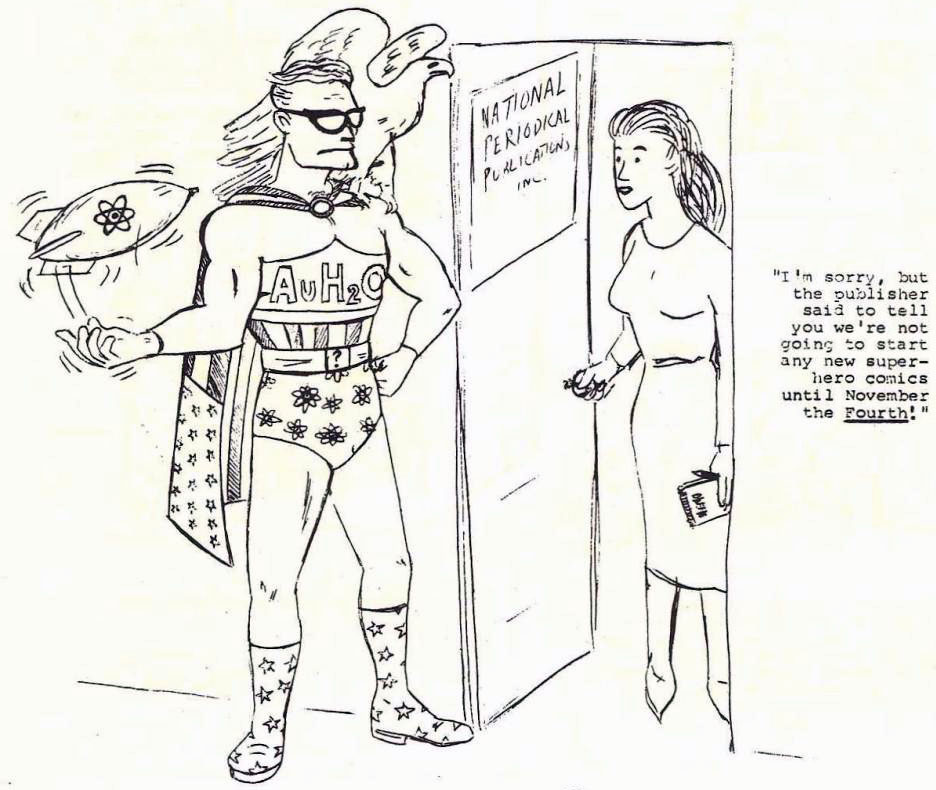
The Tragic Monster, written and illustrated by E. Nelson Bridwell
This article draws on religious history and mythology to discuss various monsters who were the "superheroes" of their eras. It mentions Enkidu from the Epic of Gilgamesh, Pan, Hephaestus, and Polyphemus from Greek mythology, and Frankenstein's monster and Quasimodo. It mentions The Thing from the Fantastic Four but no other current comic-book superheroes. Still, it's a nice look into the concept that a hero doesn't need to be handsome, healthy, and friendly to do good.
Readers Write, by Otto (Eando) Binder, plus other letters
Normally, the Journey doesn't review or even mention letters columns, but this one includes a four-page letter from Otto Binder, the creator of the Marvel Family characters and author of many of their stories. He insists none of his characters or stories were "lifted" from Superman, and that quite the reverse occurred: several elements of CM stories appeared in later Superman comics. He's not making any accusations, just pointing out that, in an industry with very similar types of characters and stories, sometimes they'll accidentally match.

Batmania 1
This new fanzine, devoted entirely to the interests of Batman fans, is edited (and mostly written) by Biljo White, the main artist for Alter Ego. It is almost certainly not timed to release alongside Andy Warhol's new Batman/Dracula last month. (I only managed to watch part of it, but that was enough to realize that if there was a plot, I couldn't find it. This film is too avant garde for me. The music was nice, though.)
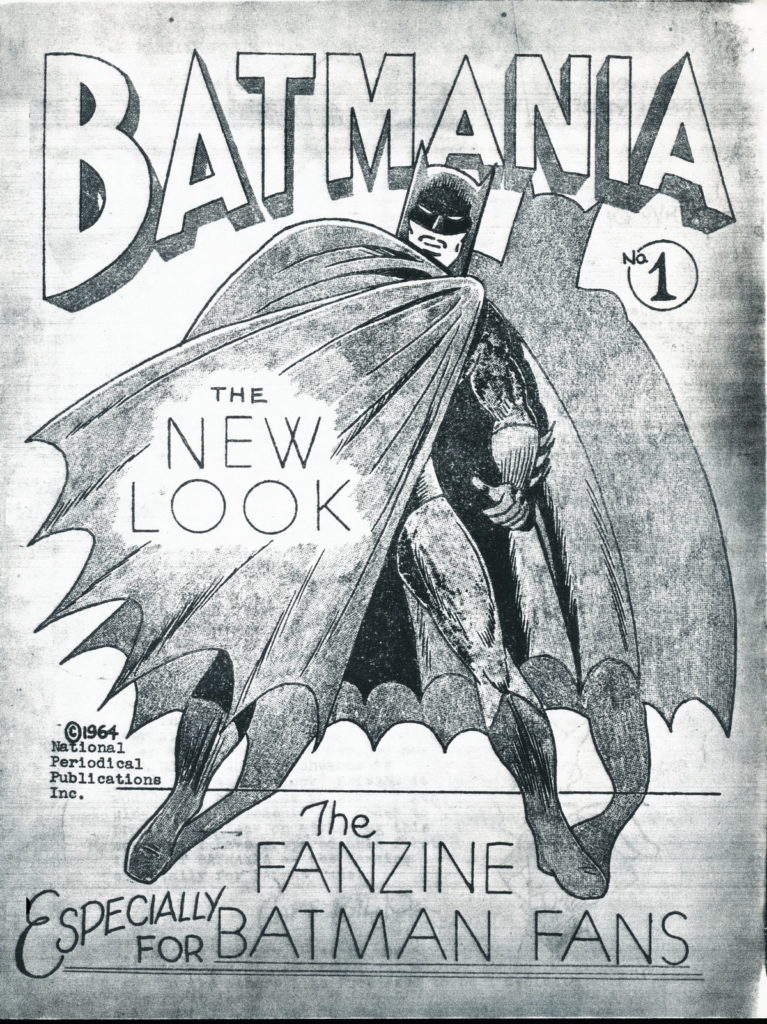
Editor's Notes
Batmania began because Biljo, a firefighter, drew some superheroes for the paperboy visiting the station, and the young boy didn't know who Batman was. He identified more well-known characters like Superman, the Lone Ranger, Tarzan, and Dick Tracy, but not the long out-of-print Captain Marvel, and not Biljo's favorite, Batman. Batmania, with its name used by permission of National Comics, is the result of that encounter.
The New Look, Biljo White and the Batmanians
The artists and the art style in Detective Comics have recently changed. The new artists are Carmine Infantino on pencils and Joe Giaella on ink, with John Broome as the author. Bob Kane and Bill Finger are not entirely gone, but are no longer doing the main stories. The Batmania article gives several fans' opinions of the new art, mostly arguing for or against Kane's pencil work compared to Infantino's. They mostly agree that the stories have improved.

Profiles on Collectors: John Wright
This South African author of The Komix fanzine is long-time comic collector who loves Daredevil, Captain America, and The Black Hood. His story "The Black Panther" won Alter Ego's "Alley Award" for best fanzine fiction last year. He recently published his first mystery novel, Suddenly You're Dead, under the pseudonym Wade Wright. I like the spotlight-on-fans feature; it helps make a scattered community feel more connected.
Comic Oddities
Discrepancies and did-you-know details about comics: Alfred Pennyworth used to be portly; Whiz Comics never had a Vol. 1 No. 1. Some details are just random facts, but some are useful. Knowing that Robin makes an appearance in Lois Lane #6 can help a Batmanian track down all the issues about their favorite characters.
Pro Spot: Model T to T-Bird, by Russ Manning
This article is about a comic artist's career, which would be easier to follow if it MENTIONED HIS NAME. It's hard to read a long article that keeps referring to its topic indirectly. ("For those fans who haven't already guessed… a very dissolute-looking character is inscribing this artist's name on a tombstone in panel 1, page 9, of Johnny Mack Brown #3 (Jan-Mar 1951).") I had to track that down: the artist is Jesse Marsh. The comics are all westerns, a genre that does not interest me. It does discuss in great detail the changes in his art style and assignments.
The New-New Look, by Bill Ryan
A brief consideration of other art styles that mightv'e been chosen for the new Batman comics.
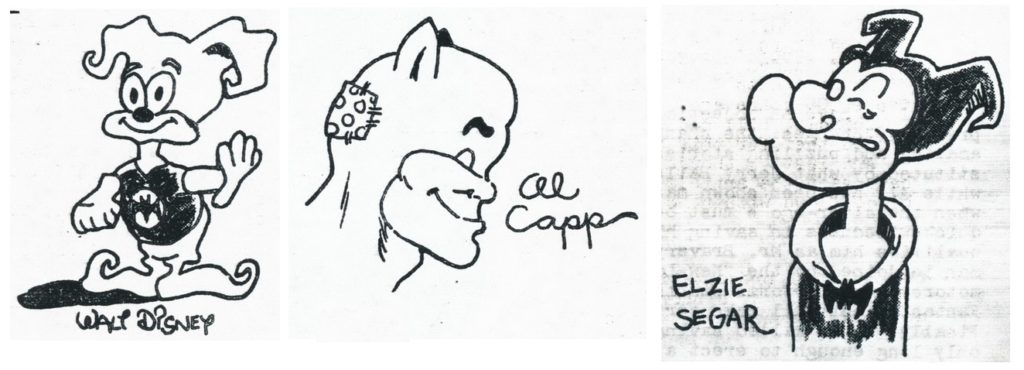
Who Are the Batmanians?
The Batmanians are a fan club of people who want "a greater, more popular Batman." Joining is as simple as sending a letter explaining why you're interested; Batmania zines are free for Batman fans who pay for postage. It's 10 cents for a folded issue or 20 cents in a large envelope.
Metaphysical Miscellany
Superheroes aren't the only people interested in strange mental abilities and saving the planet from evil. However, the psychiatric and spiritual fields are working with smaller, less flashy evils: they fight imbalances of the mind and heart.
Psychedelic Review: Vol 1, No. 3, 1964
Unsurprisingly, Dr. Timothy Leary's journal about the effects of psychoactive drugs also hasn't kept to a strict quarterly schedule. It's keeping up with the calendar better than Alter Ego, but we can assume that Dr. Leary has better funding than the average comic-book fan. I reviewed the first issue, Summer of 1963, last October. The newest issue is a tribute to Aldous Huxley, who died last year on the same day as President Kennedy and C. S. Lewis. Huxley was a philosopher and prolific author who created the disturbing Brave New World.
Nature Retreat Therapy
The Esalen Institute in Big Sur, a foundation for expanded consciousness, has welcomed Fritz Perls, a noted German psychologist. Perls will be teaching his "gestalt therapy" methodology. People will be attending the Institute for its innovative approaches to the mental sciences and not just the famous hot springs.
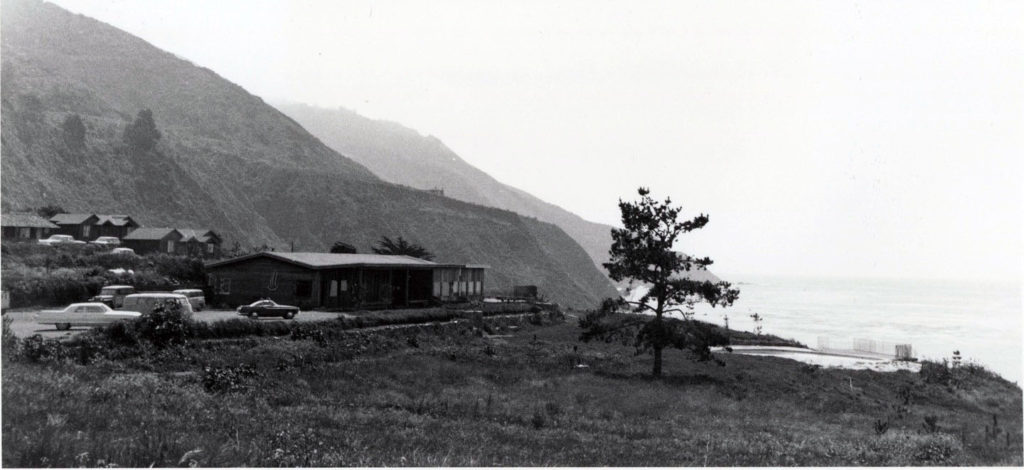
The Scholarly Druids
A short followup note about the Druids of Carleton College: the college has removed the chapel attendance requirement, but the Reformed Druids of North America continue to hold services. Two young men have recently been ordained into the Third Order; this allows them to lead services and initiate new members.
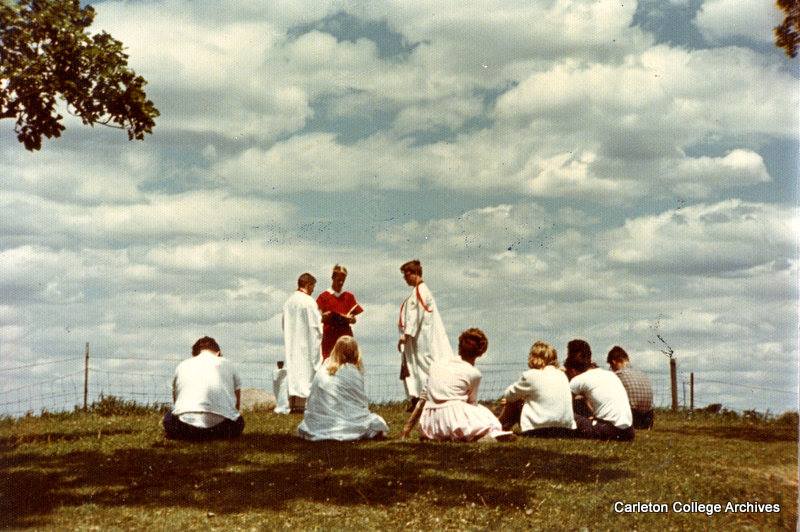
It seems that "weird news" is happening more often and in more places. There's a growing movement to explore not just outer space and the hidden areas of our world, but also our own connections to the world and to each other. Heinlein may have tapped into that in Stranger in a Strange Land; the realms of science and spirit are not as separate as we used to think. I love the evolving fusion of mental and physical sciences.
…I'll still be reading Batman and fanzines about him, though.
[Come celebrate with us at Portal 55, Galactic Journey's real-time lounge! Talk about your favorite SFF, chat with the Traveler and co., relax, sit a spell…]

![[August 9, 1964] Heroic Considerations (Fall 1964 <em>Alter Ego</em>, July 1964 <em>Batmania</em>)](https://galacticjourney.org/wp-content/uploads/2019/08/640809AlterEgo7-cvr-672x372.jpg)

![[Aug. 7, 1964] Rematch! (<i>Mothra vs. Godzilla</i>)](https://galacticjourney.org/wp-content/uploads/2019/08/640807poster-597x372.png)

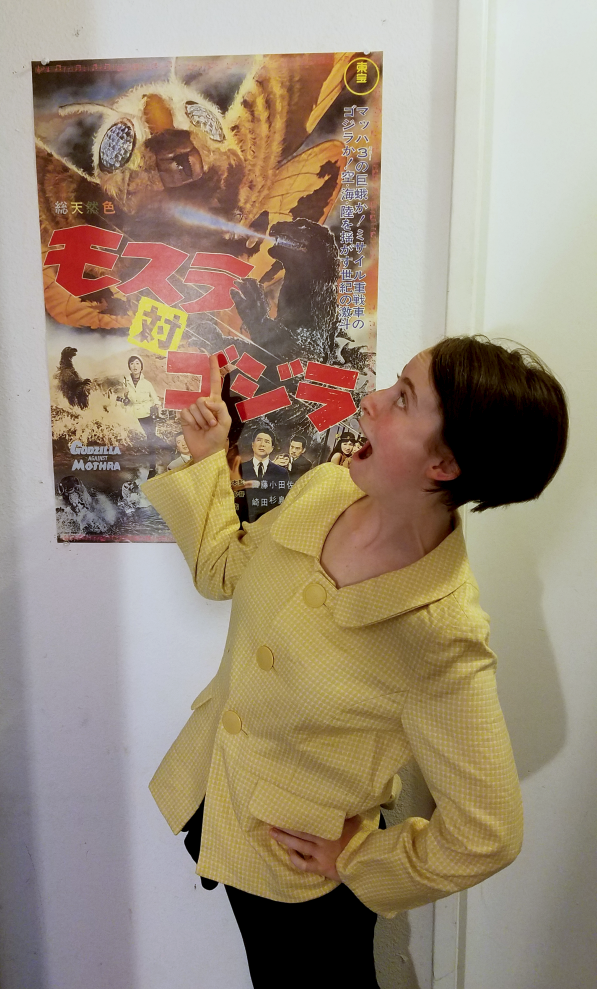

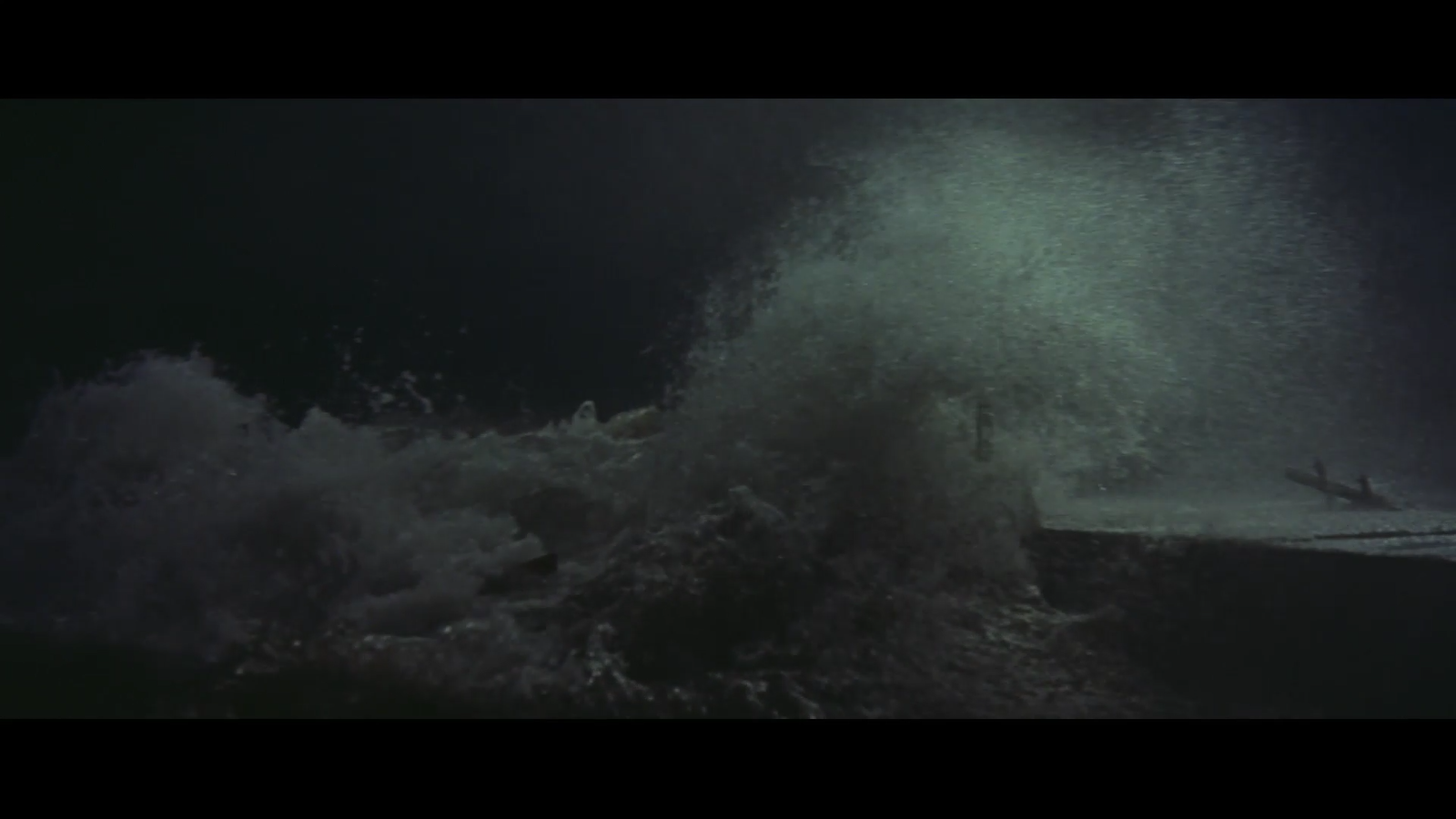


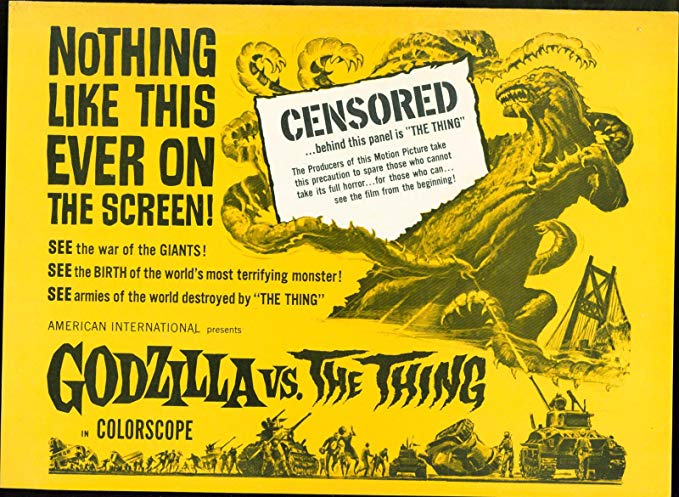




![[August 5, 1964] A Bit Of A Flub (Doctor Who: The Sensorites [Part 2])](https://galacticjourney.org/wp-content/uploads/2019/08/640805jaccuse-672x372.jpg)

![[August 3, 1964] Running hot and cold (August 1964 <i>Analog</i>)](https://galacticjourney.org/wp-content/uploads/2019/08/640803cover-672x372.jpg)

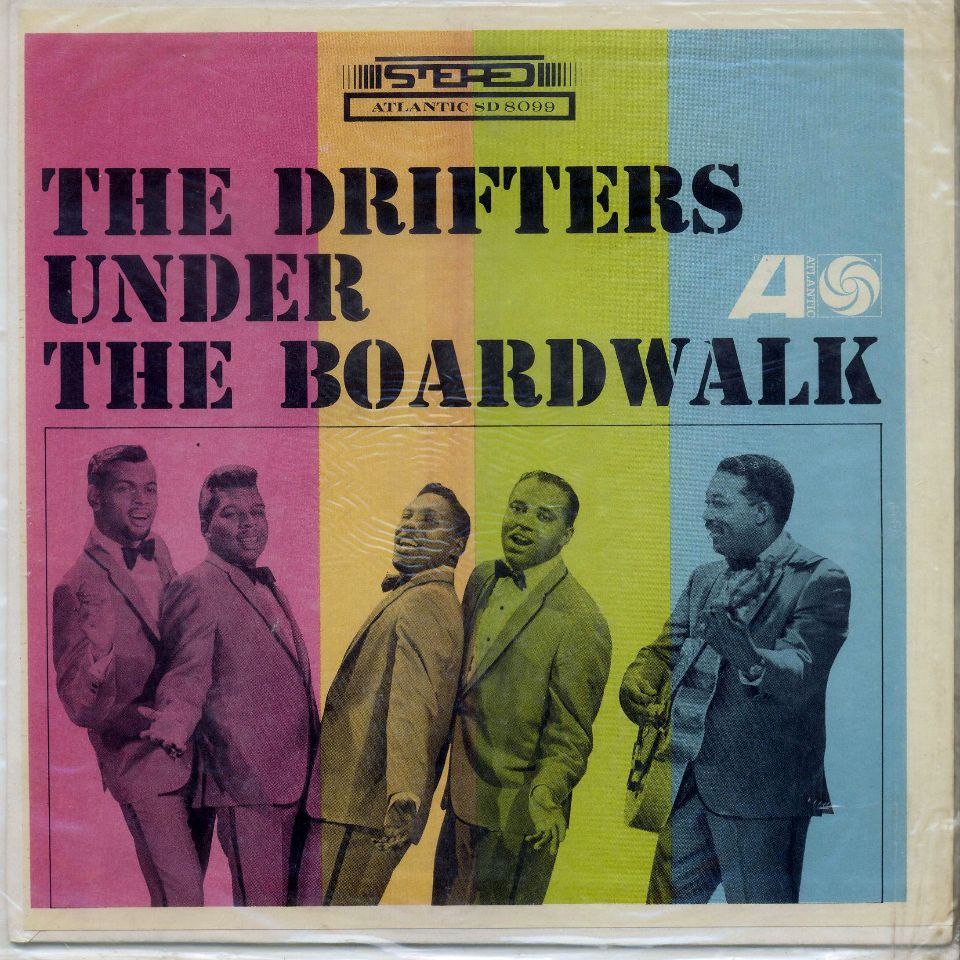


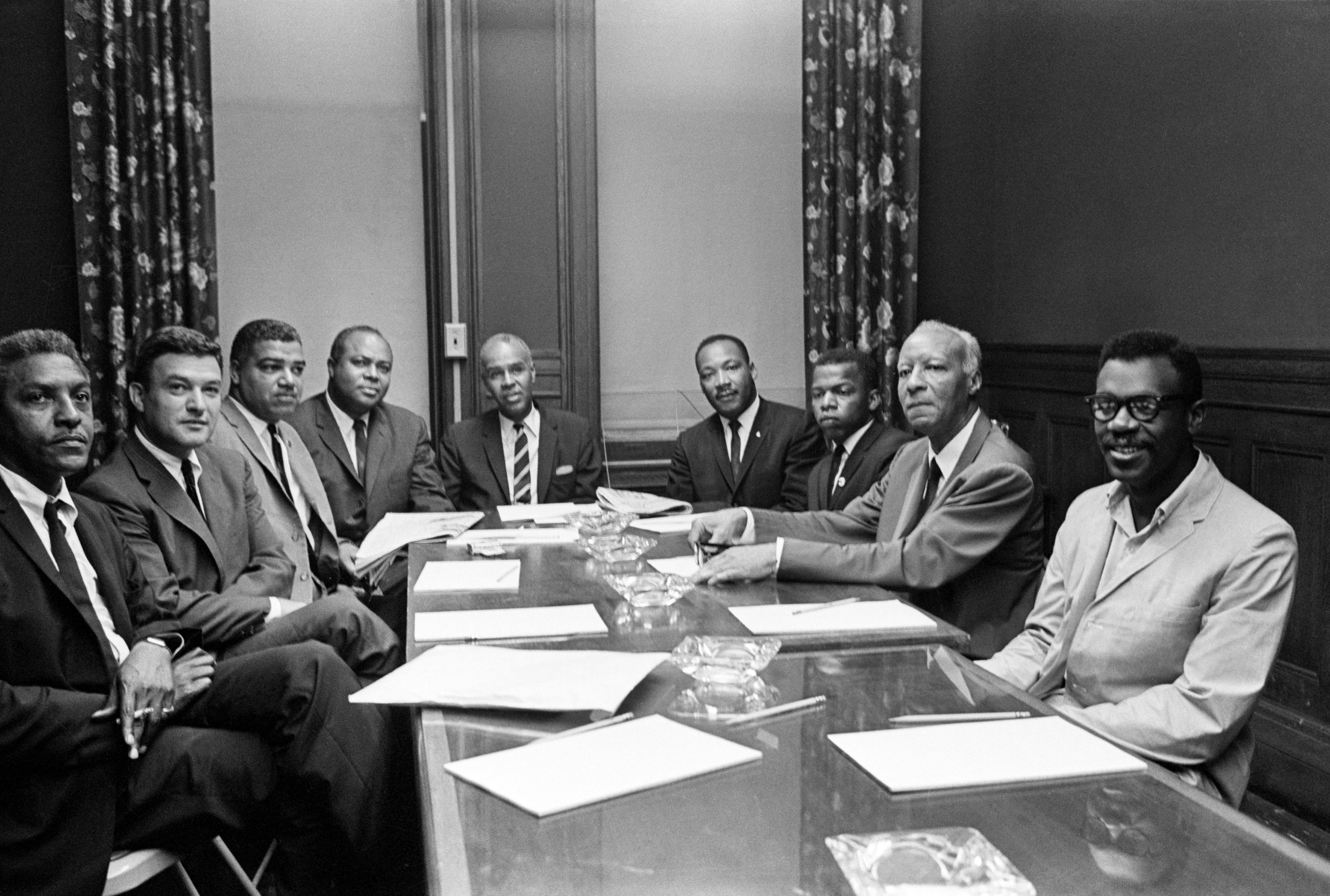
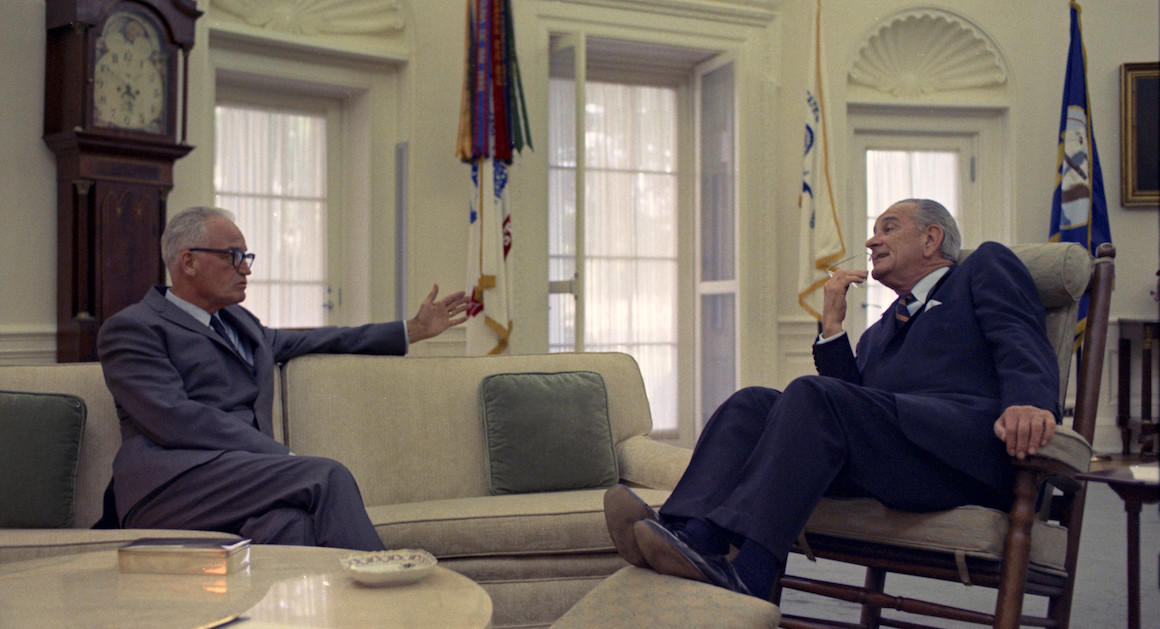
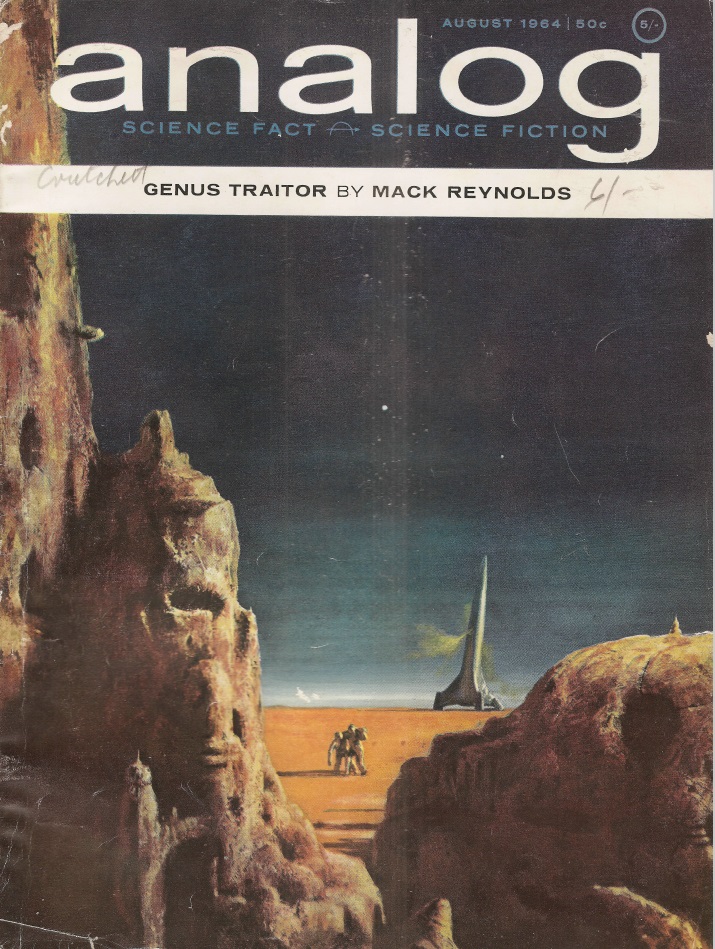

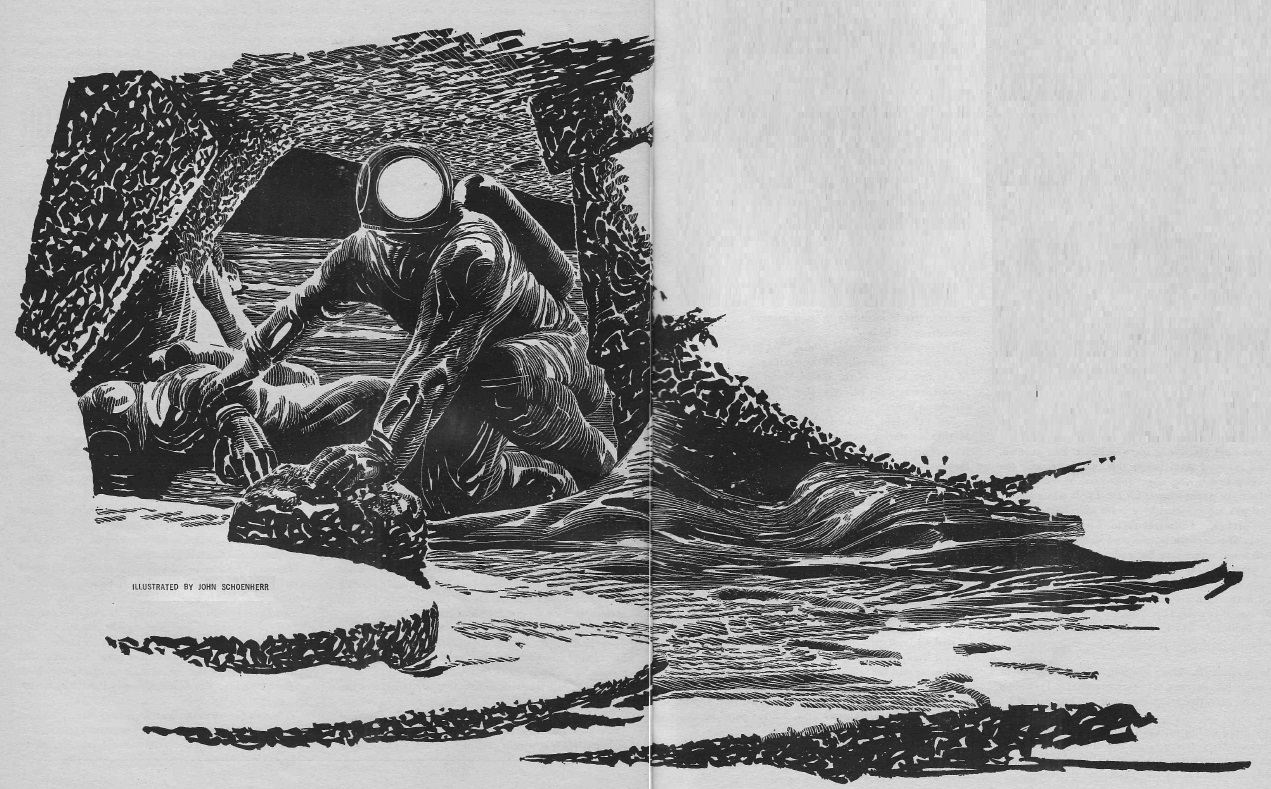
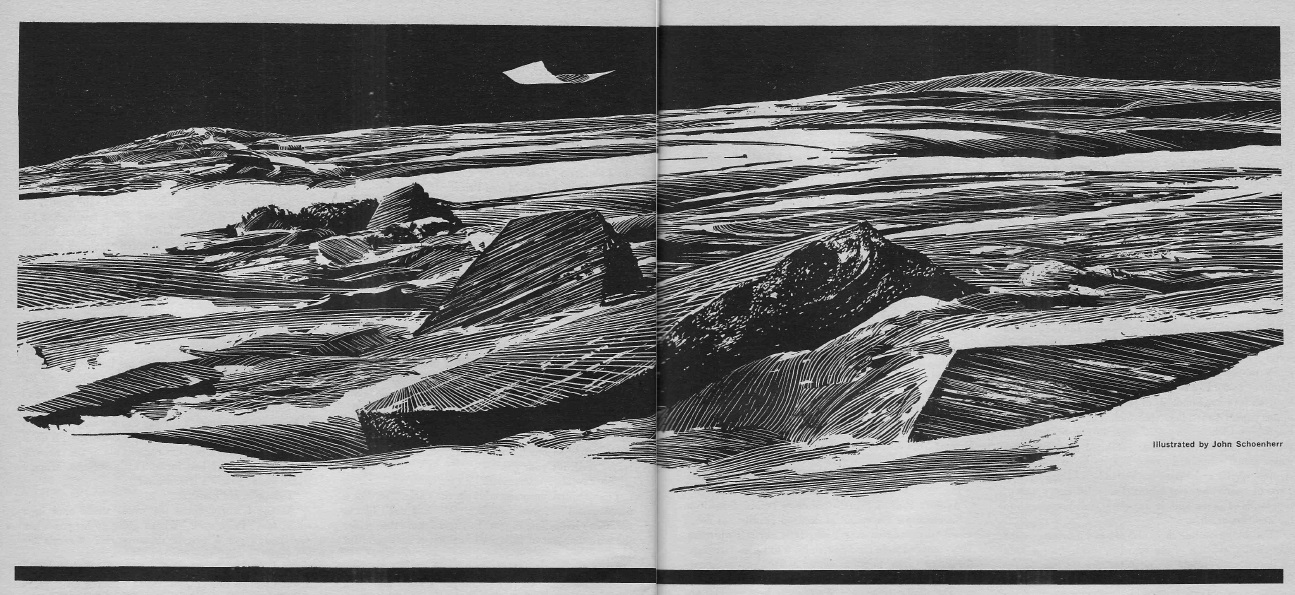
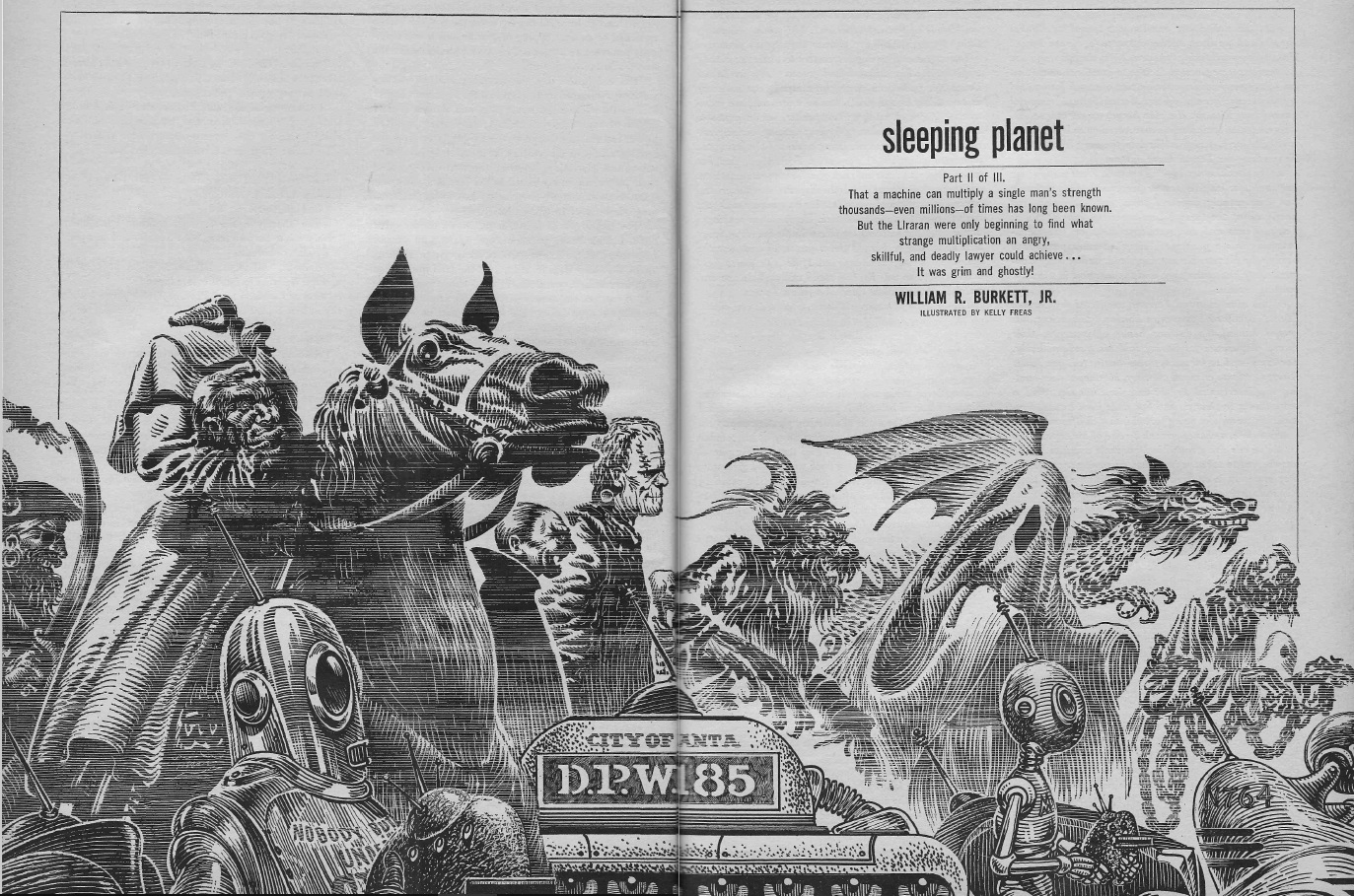

![[August 1, 1964] On Target (The Successful Flight of Ranger 7)](https://galacticjourney.org/wp-content/uploads/2019/08/640801rangerfirst-672x372.jpg)
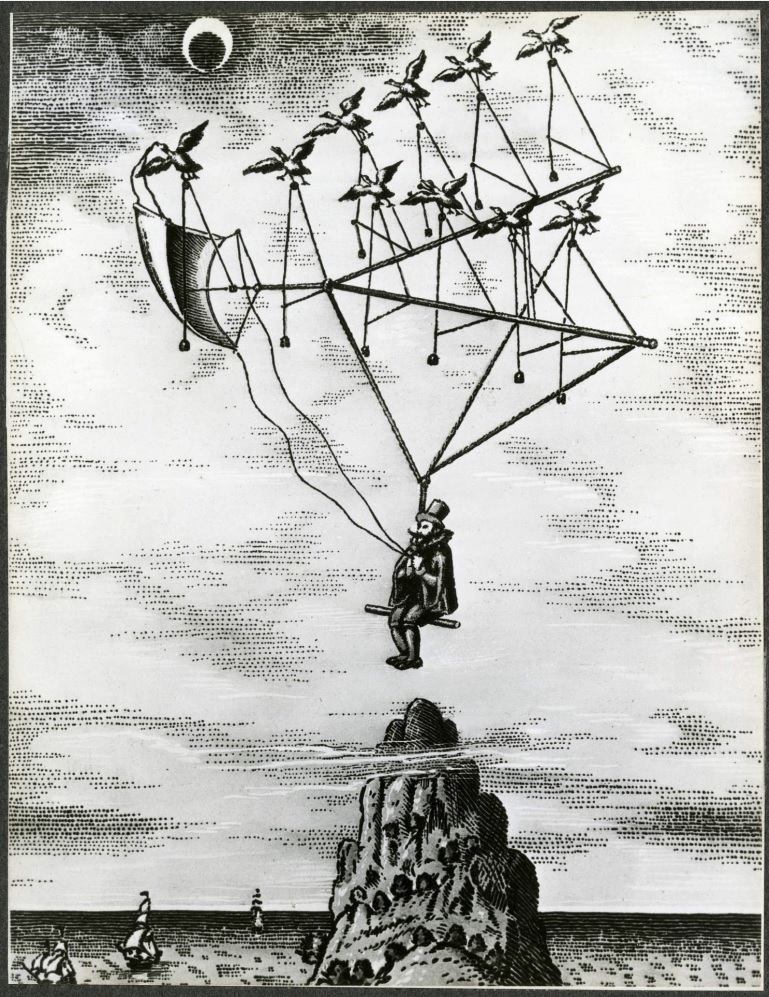



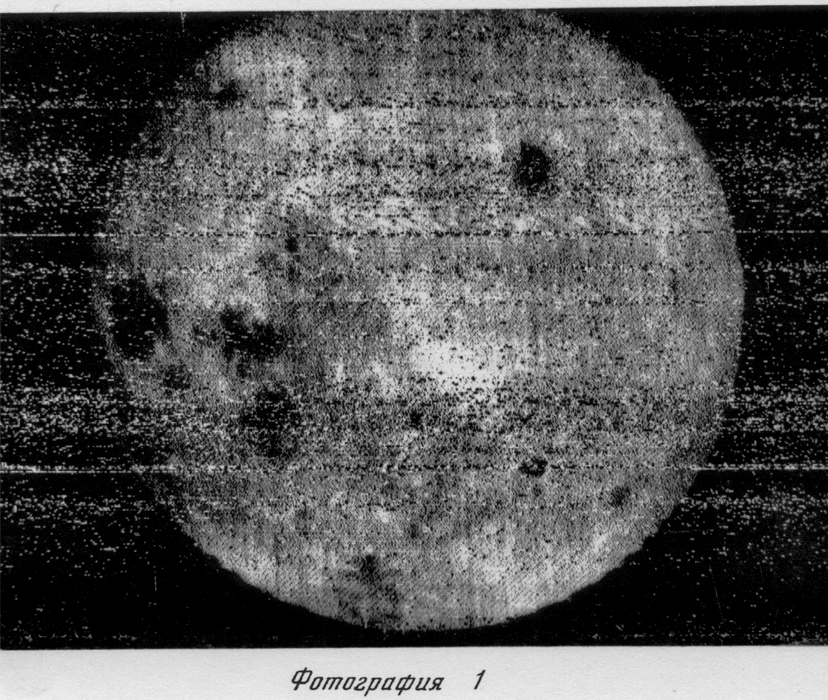
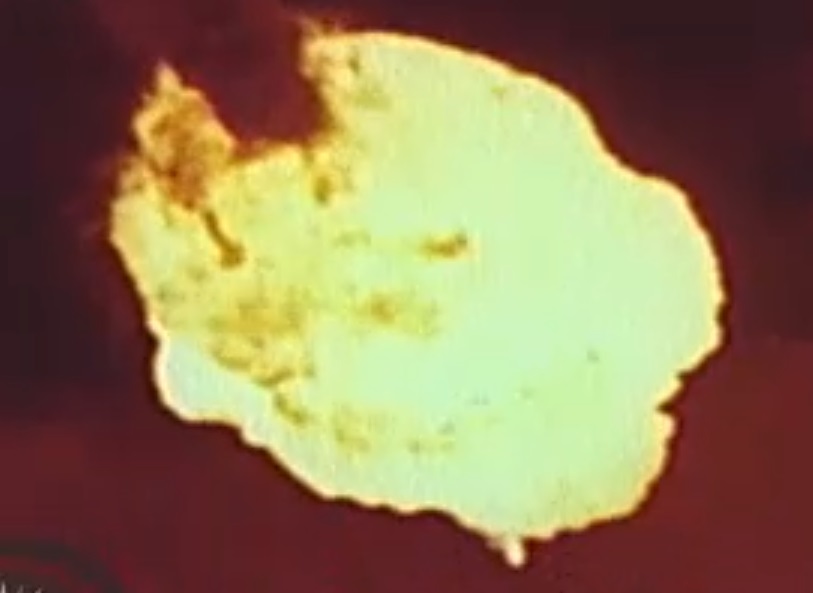

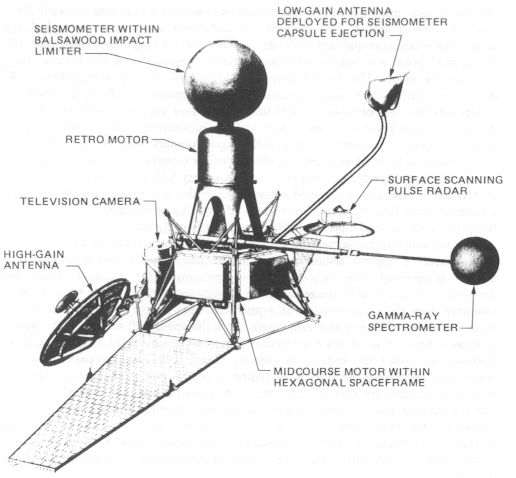
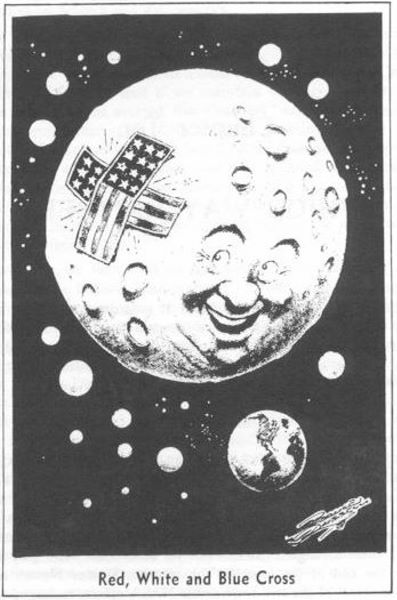

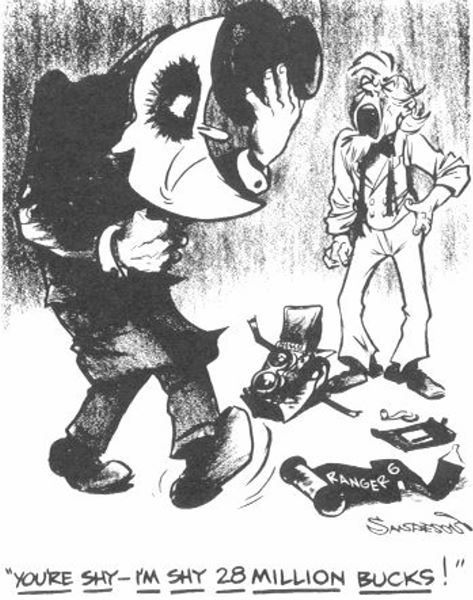




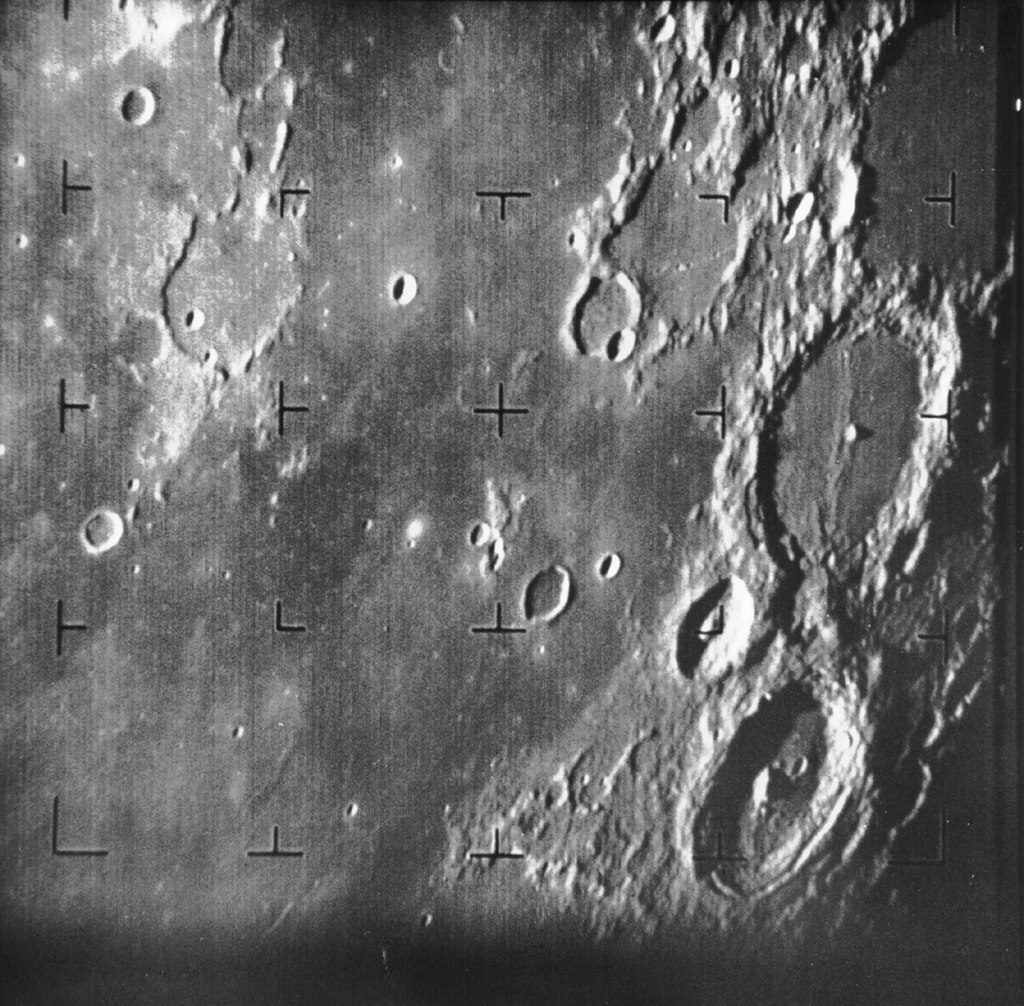

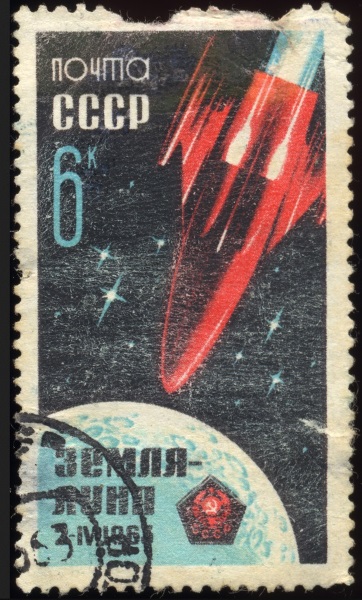
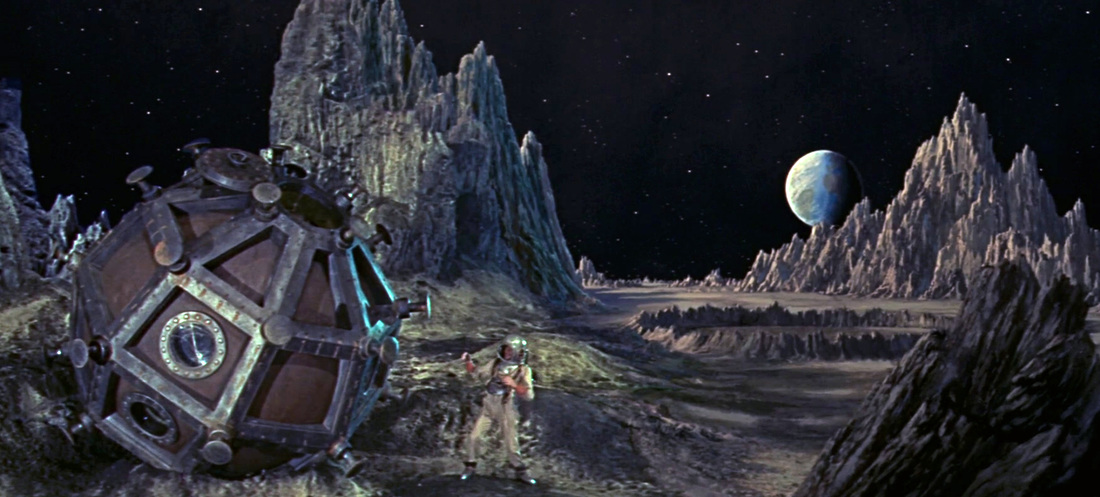
![[July 30, 1964] Are You For Real? (<i>Simulacron-3</i> AKA <i>Counterfeit World</i> by Daniel F. Galouye)](https://galacticjourney.org/wp-content/uploads/2019/07/330px-DanielFGalouye-Simulacron-3-330x372.jpg)


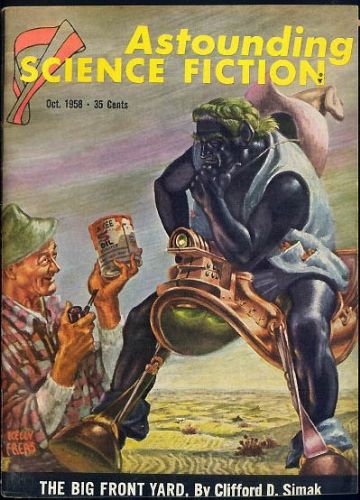
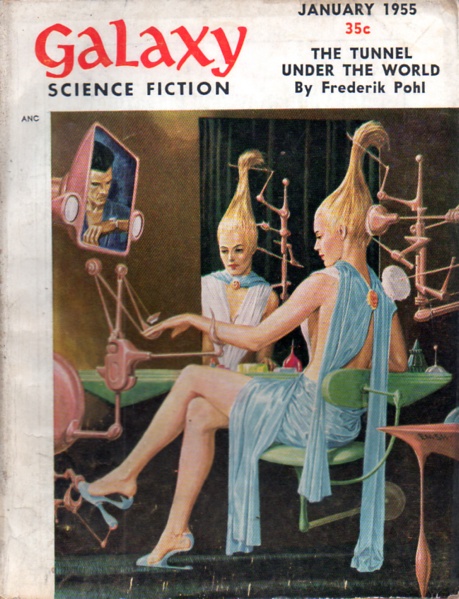


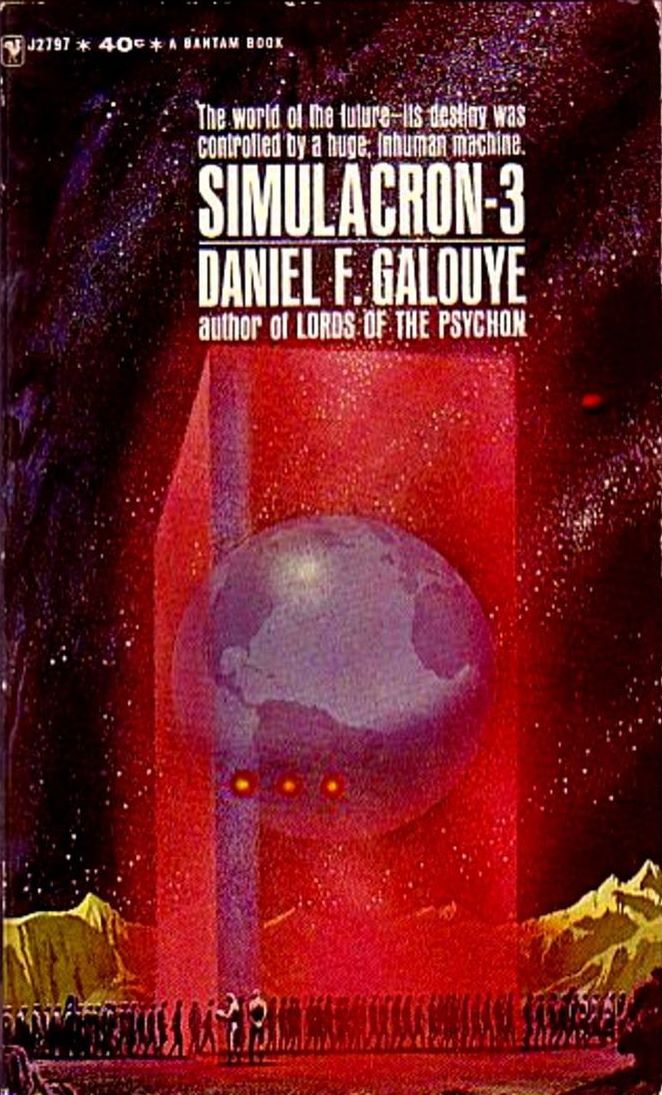



![[July 28, 1964] Beatlemania Arrives Down Under!](https://galacticjourney.org/wp-content/uploads/2019/07/640728Beatles-Off-to-NZ-672x372.jpg)









![[July 26, 1964] Yesterday's Tomorrows (<i>First Men in the Moon</i> and Other Steam Science Fiction Movies)](https://galacticjourney.org/wp-content/uploads/2019/07/first-men-in-the-moon-trailer-title.jpg)
 The super-submarine Nautilus; a thing of beauty.
The super-submarine Nautilus; a thing of beauty. Old Blue Eyes in a tiny role as a piano player.
Old Blue Eyes in a tiny role as a piano player.




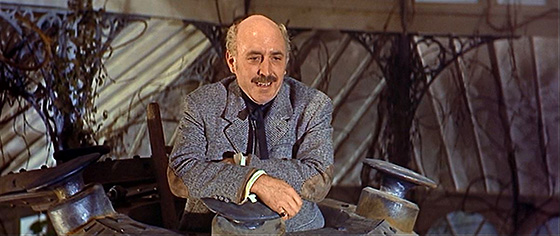
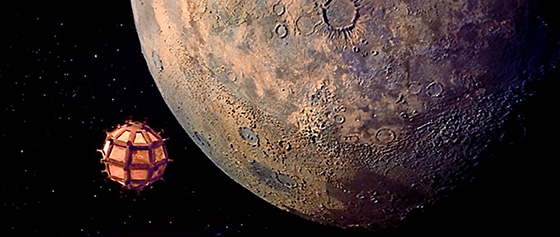
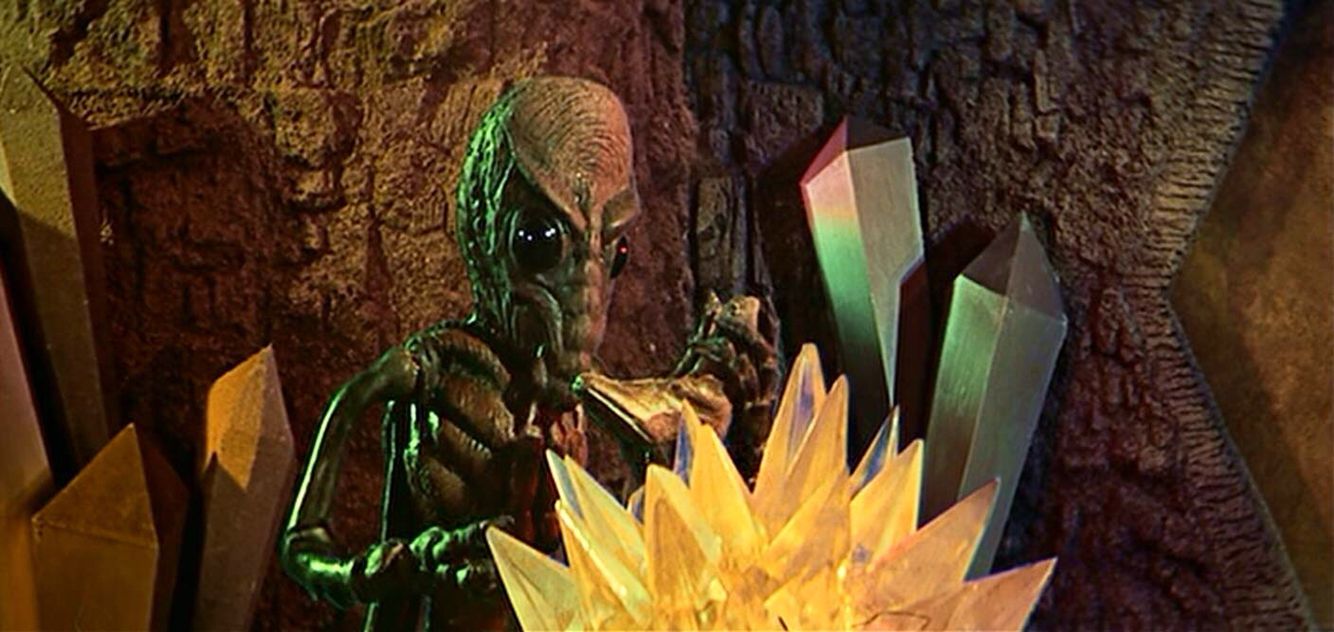


![[July 24, 1964] Much Ado About Something (Time Travel, San Diego-style)](https://galacticjourney.org/wp-content/uploads/2019/07/pc-000-367-672x372.jpeg)


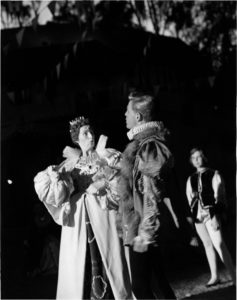

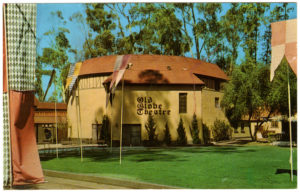
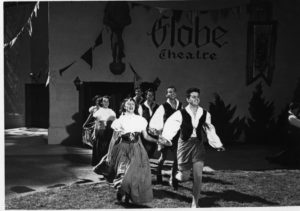
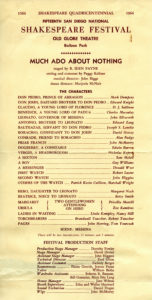
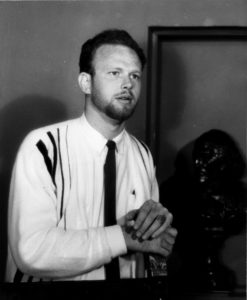
![[July 22, 1964] (August 1964 <i>Fantasy and Science Fiction</i>)](https://galacticjourney.org/wp-content/uploads/2019/07/640722cover-672x372.jpg)


